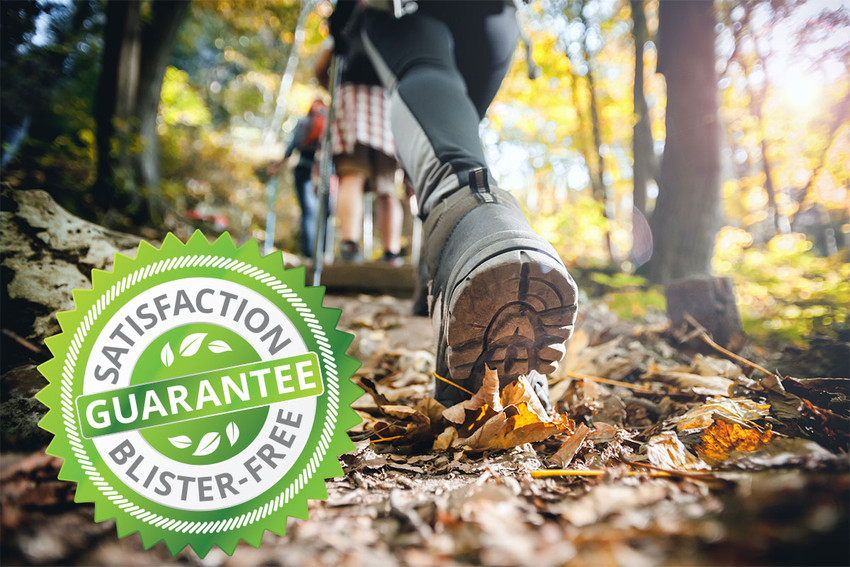How to Avoid Blisters When Hiking
Posted by EcoSox on Jul 31st 2024
To avoid blisters when hiking, you can take several precautions and use specific strategies:
Choose the Right Footwear: Properly fitting hiking boots or shoes are essential. Make sure they are broken in before embarking on a long hike.
Moisture Management: Keep your feet dry to reduce friction. Moisture-wicking socks like EcoSox and breathable footwear can help with this.
Proper Sock Selection: Wear moisture-wicking socks specifically designed for hiking. Avoid cotton socks as they retain moisture.
Reduce Friction: Use specialized blister prevention products, such as moleskin, blister pads, or athletic tape, on areas prone to blisters.
Proper Foot Care: Trim your toenails before hiking to prevent them from hitting the front of your shoes. Keep your feet clean and dry.
Breaks and Rest: Take regular breaks to air out your feet and relieve pressure points.
Properly Adjust Gear: Ensure your backpack, shoes, and other gear are correctly adjusted to minimize rubbing and friction.
Conditioning: Gradually increase the length and intensity of your hikes to allow your feet to toughen up and reduce the risk of blisters.
Monitor Hot Spots: Pay attention to areas on your feet that start feeling hot or irritated. Address these spots promptly to prevent blisters from forming.
Following these tips and taking care of your feet can significantly reduce the likelihood of developing blisters while hiking.
Treating Blisters After Hiking
If you do happen to develop blisters while hiking, it's essential to address them promptly to prevent further discomfort and complications. Here are some steps to treat blisters when hiking:
Stop and Rest: As soon as you feel a blister forming or notice one, stop hiking and rest to prevent further irritation.
Clean the Area: Wash the blister and surrounding skin with soap and water. Ensure that the area is clean to prevent infection.
Protect the Blister: If possible, leave the blister intact, as the skin covering it acts as a natural barrier against infection.
Cover the Blister: If the blister is likely to burst or is causing discomfort, protect it with a blister pad, moleskin, or bandage.
Reduce Friction: Adjust your socks or footwear to reduce friction on the blistered area. You can also apply lubricant or talcum powder to reduce rubbing.
Pain Relief: If the blister is painful, take over-the-counter pain medication to reduce discomfort and inflammation.
Monitor for Infection: Watch the blister for signs of infection, such as increased redness, warmth, swelling, or pus. If you suspect an infection, seek medical attention.
Allow Healing: Keep the blister clean and dry to promote healing. Avoid popping the blister unless necessary to prevent infection.
Continue Monitoring: Check the blister regularly, especially if you continue hiking. Make sure it is healing properly and not causing further issues.
Following these steps can help you treat blisters effectively while hiking and ensure they heal without causing additional problems.




